Made in California: Denim
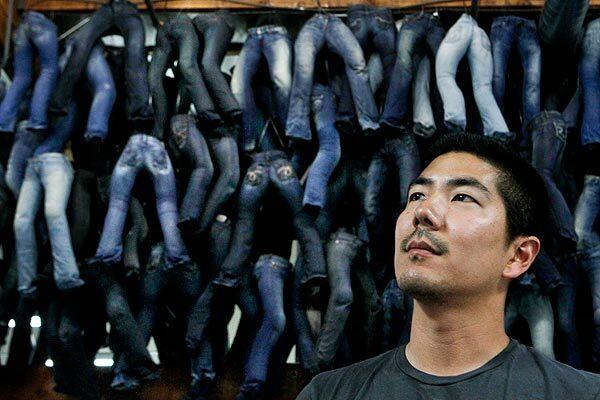
“I think it was about getting our products right,” said Samuel Ku, AG’s 32-year-old vice president and creative director. “We didn’t have the right people designing it. We are back to creating a product that the public is thirsty for.” (Anne Cusack / Los Angeles Times)
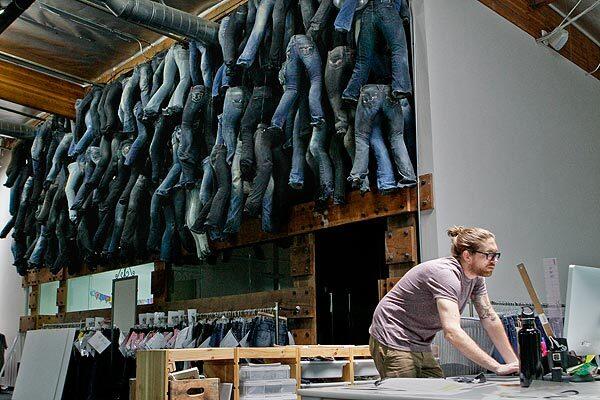
Donald Gould works as a graphic designer for AG Adriano Goldschmied in South Gate. (Anne Cusack / Los Angeles Times)
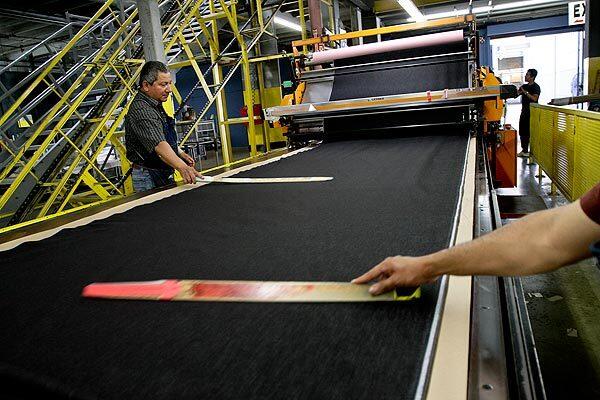
The denim is smoothed after being laid out before the cutting process. Rolls of denim are first laid out flat using a fabric spreading machine in what might seem like a less-than-economical scheme: laying out only a few layers of fabric at a time rather than the much thicker amount the machine can handle. But it’s by design. (Anne Cusack / Los Angeles Times)
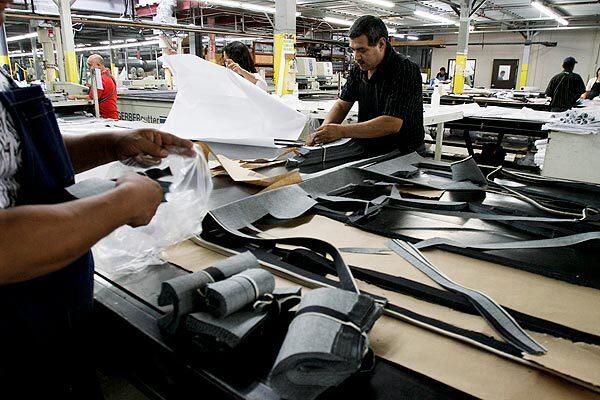
The cut pieces of denim are placed in a bag. A Gerber cutting machine follows, but first, a thin layer of plastic covers the fabric while a vacuum suction is applied from below to ensure that the denim doesn’t move. The carefully designed cuts utilize all but 3% to 5% of the fabric. (Anne Cusack / Los Angeles Times)
Advertisement
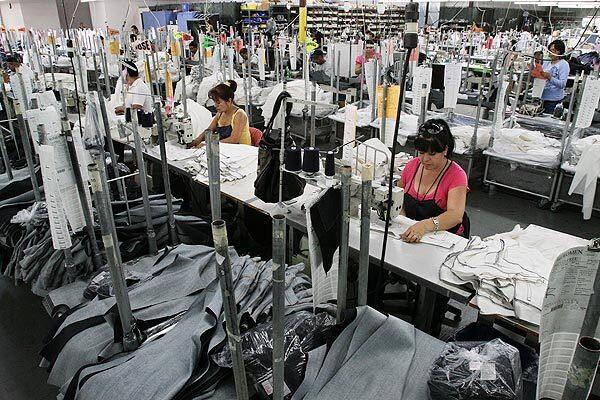
Hundreds of workers sew the denim jeans. The sewing process requires 35 to 40 steps. (Anne Cusack / Los Angeles Times)
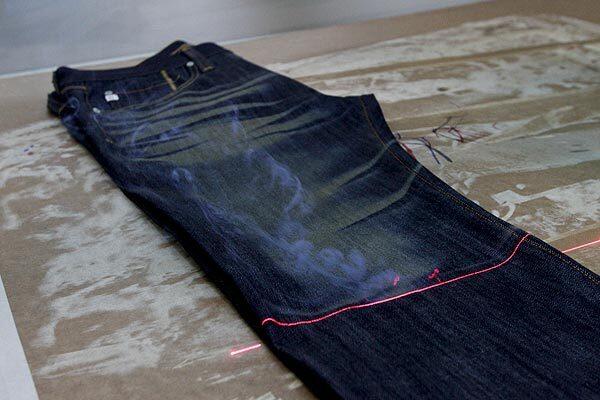
A state-of-the-art laser burns whiskers (decorative streaks) into a pair of jeans. To achieve a vintage look, the company employs techniques that look more like special effects from the movie industry than a manufacturing process. Lasers sizzle their way across the knee section of a pair of jeans in a clear enclosure that wafts away fumes before they can reach workers. (Anne Cusack / Los Angeles Times)
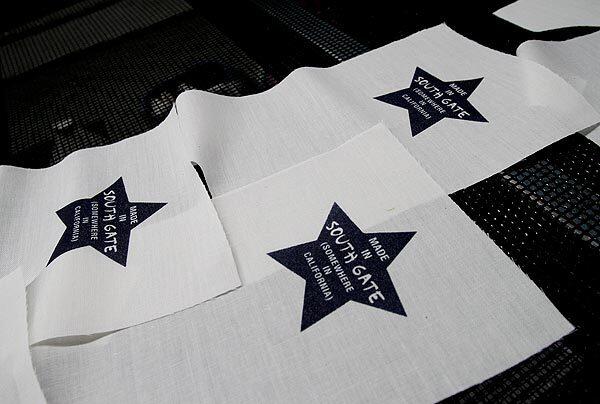
A label reading “Made in South Gate (Somewhere in California)” moves along on a conveyor belt. AG emphasizes its made-in-the-USA credentials because, like many other premium jeans makers, AG has found that manufacturing in the U.S. is a selling point. (Anne Cusack / Los Angeles Times)







